Note: Below were experiments done at the early stage of this project.
See THIS PAGE for more recent experiments where local shift leads to cleaner templates.
Experiment 4
Clustering by EM-like Algorithm by fitting Mixture of Active Basis Models
The clustering is model-based (mixture of active basis models). It does NOT require or rely on pairwise similarity meausre.
The EM algorithm for clustering with random initialization seems to perform better
than we disclaimed in the paper, if the number of training examples in each cluster is
not too small.
In experiment 4, we cluster the images and learn a template for each cluster. We use both
the EM algorithm and the K-mean algorithm for clustering.
Negative experience in Experiment 4. When the object shapes of different categories
are not very different, our method often fails to distinguish them if we start from
random clustering.
The above difficulty is not caused by the model or the EM or K-mean
iteration, but mainly by the fact that random clustering gives poor initialization.
The local learning in Experiment 9 can be used to address this problem.
(1)
data, codes, and readme for EM clustering based on active basis model (March 2009)
data source: Lotus Hill Institute
(1.1)
Code that pools q() from 2 large natural images. (May 2009)
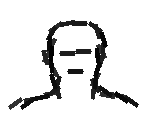
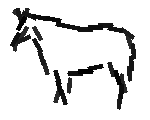
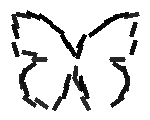
EM algorithm: Learned templates from the mixture of the three sets of positive
training images in Experiment 3. Image size is 120*150. Number of elements in each template is 40.
Number of iteration is 4.
eps1
eps2
eps3
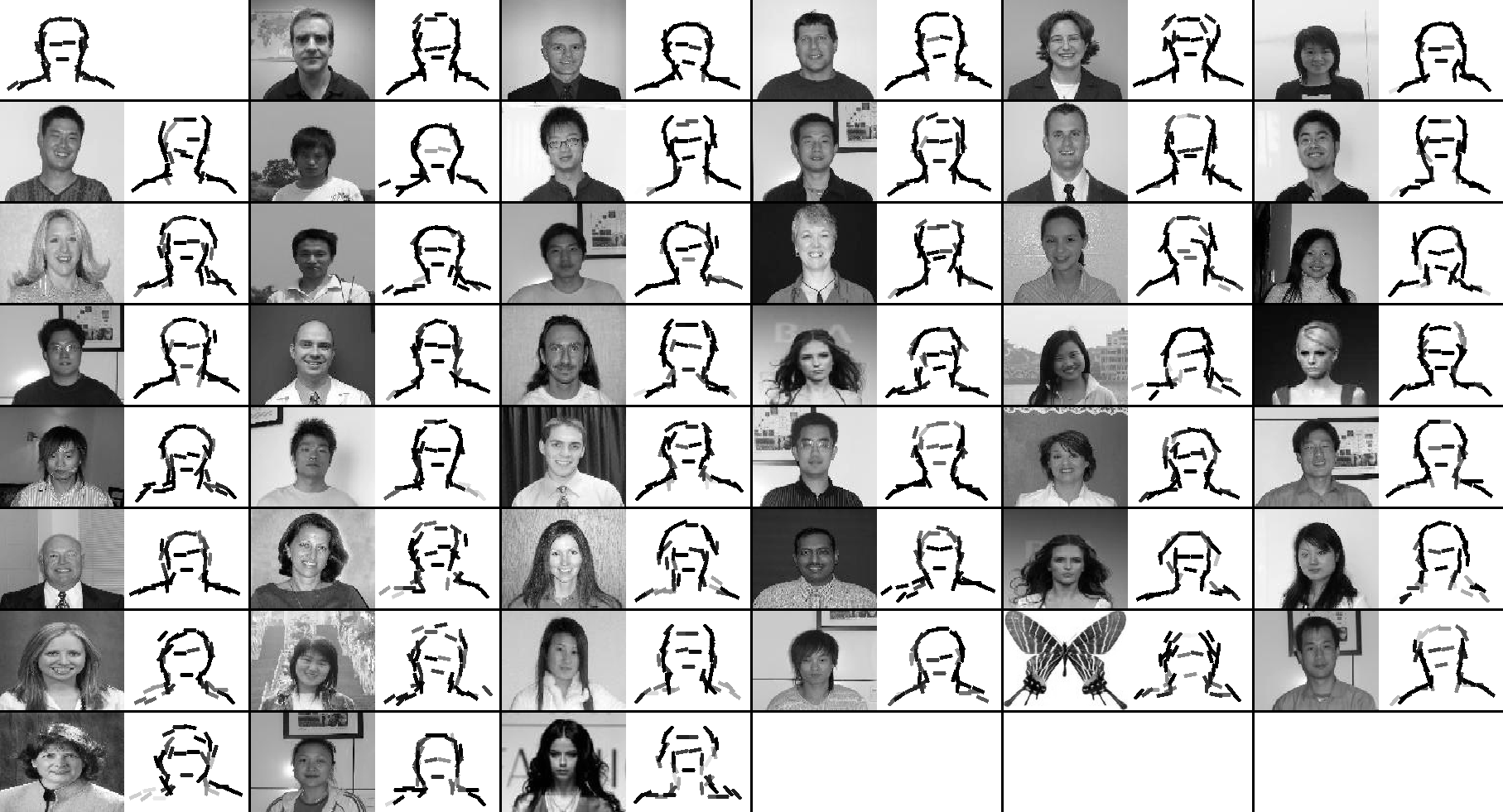
EM cluster 1
eps
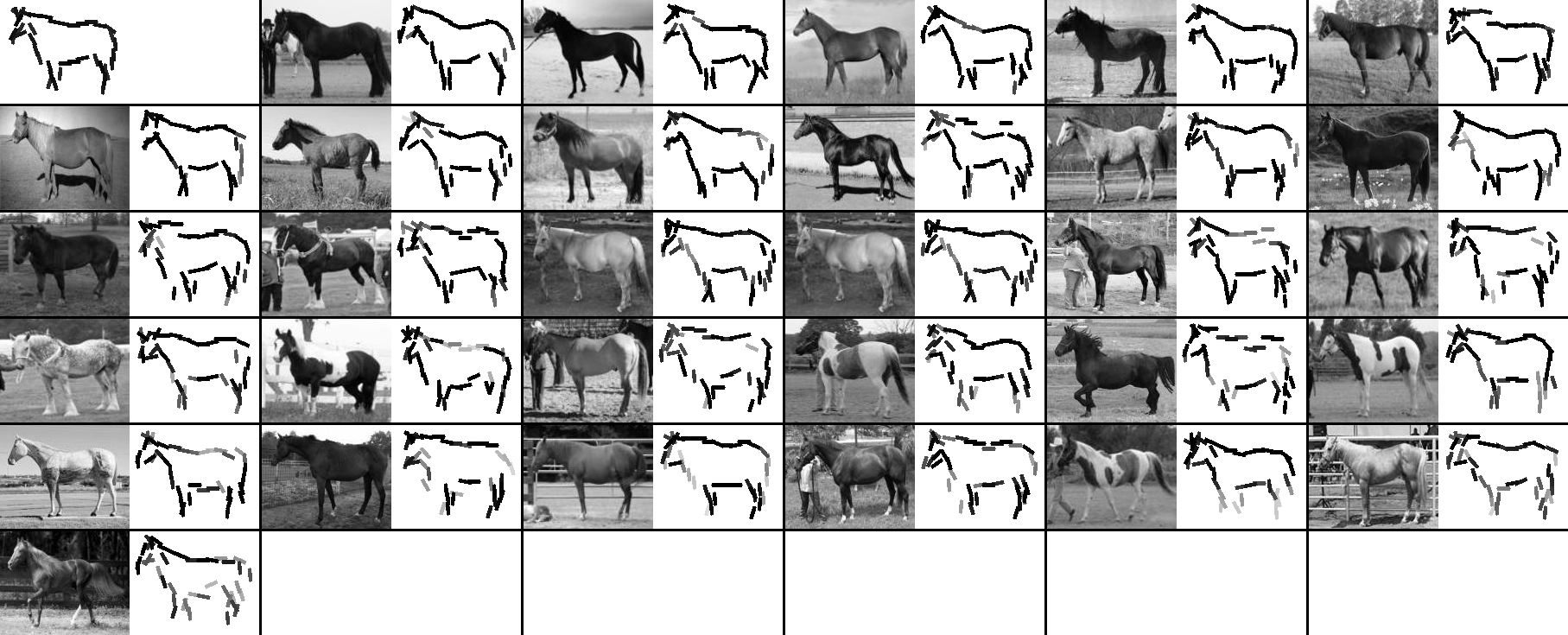
EM cluster 2
eps
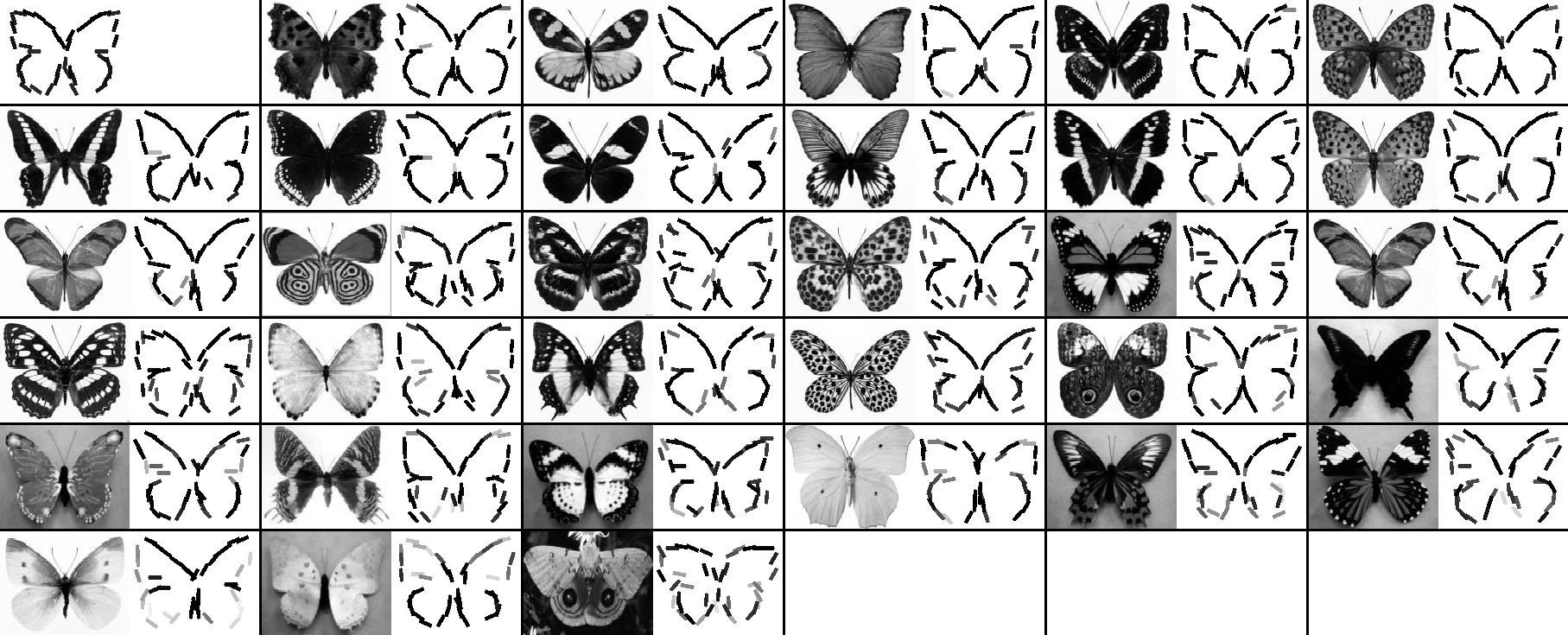
EM cluster 3
eps
(1.2)
Code with local normalization (September 2009)
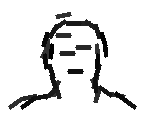
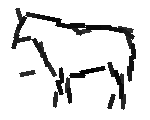
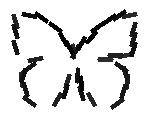
Experiment 4.1. Local normalization of filter responses with a window
whose half size is 20x20.
eps1
eps2
eps3
(2) data, codes, and readme for K mean clustering
based on active correlation data source: Lotus Hill Institute
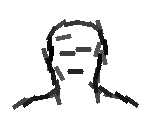
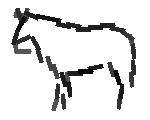
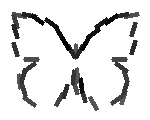
Templates of three clusters learned by active correlation K mean.
eps1
eps2
eps3
(2.1)
Code with local normalization
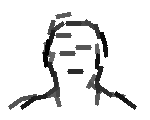
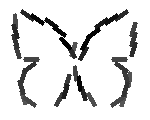
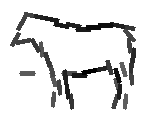
Templates of three clusters learned by active correlation K mean.
eps1
eps2
eps3
(3) clustering
horses at different directions by EM (March 2009) data source: Lotus Hill Institute
(3.1)
Code that pools q() from 2 large natural images. (May 2009)
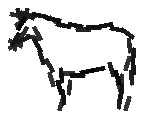
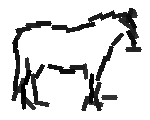
EM algorithm: Learned templates for 57 images of horses facing two different directions.
Image size is 120*150. Number of elements in each template is 50. Number of iterations is 4.
eps1
eps2
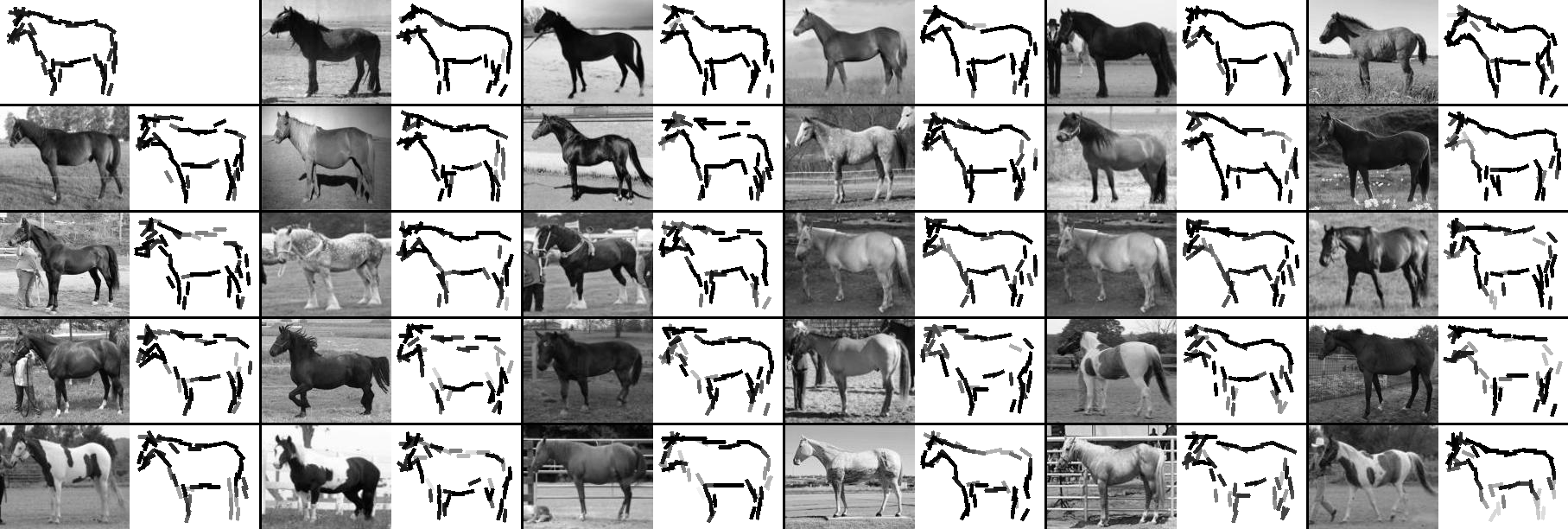
EM cluster 1
eps
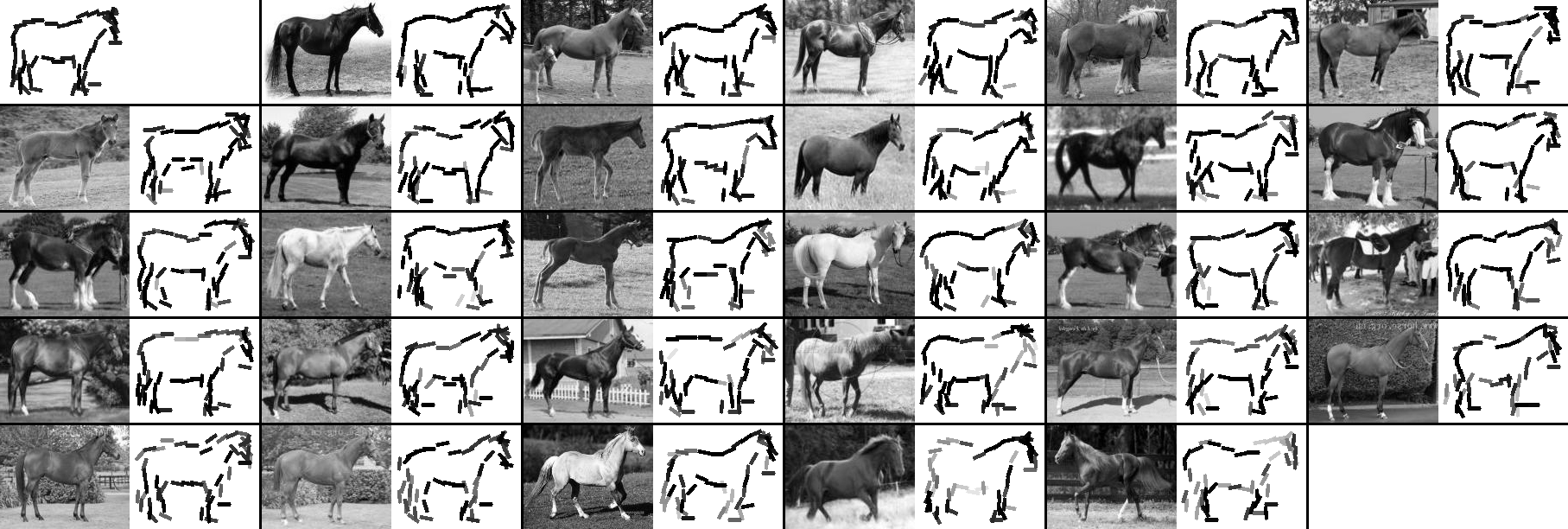
EM cluster 2
eps
(3.2)
Code with local normalization (September 2009)
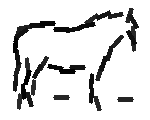
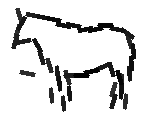
Number of elements in each template is 40. Number of iterations is 4.
eps1
eps2
(4) clustering horses at different directions by K mean
data source: Lotus Hill Institute
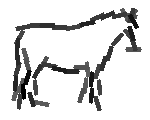
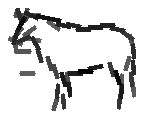
Templates of two clusters learned by active correlation K mean.
Number of iterations is 8.
eps1
eps2
(5) clustering
out head-shoulders from negatives by EM (March 2009) data source: Lotus Hill Institute
(5.1)
Code that pools q() from 2 large natural images. (May 2009)
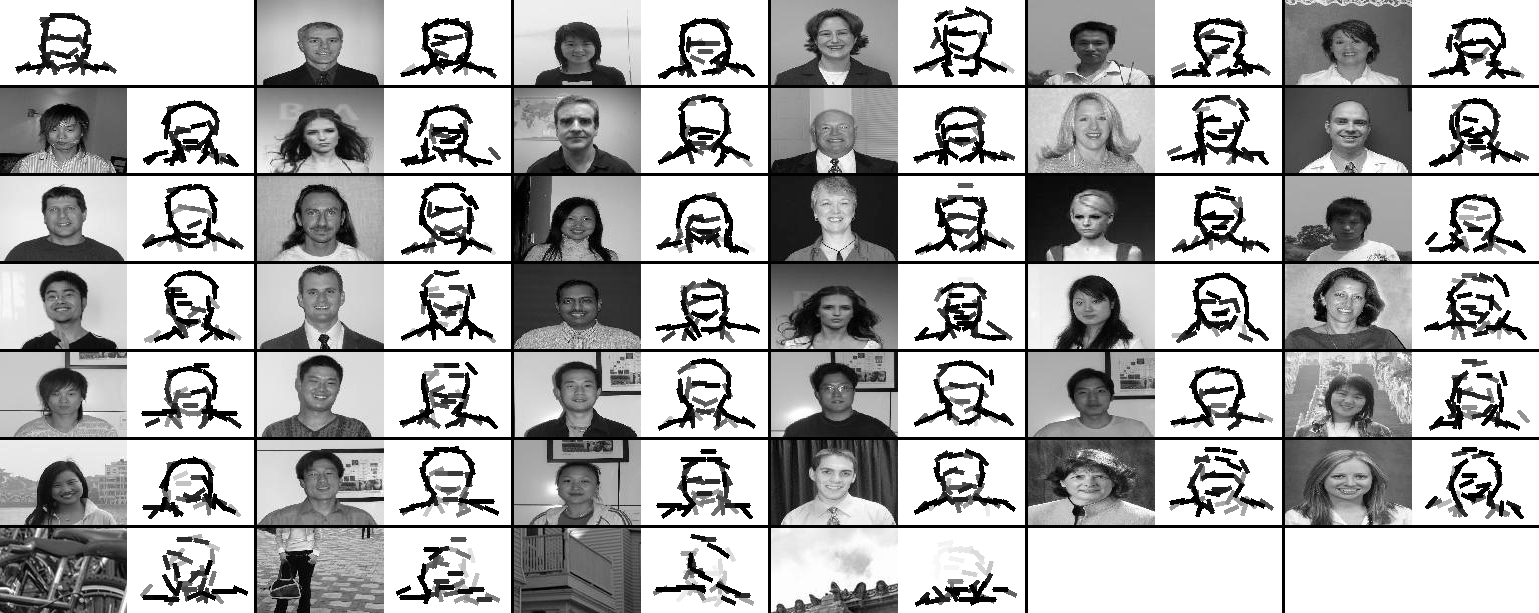
Cluster 1. One positive is misplaced into cluster 2.
eps
(6) clustering out head-shoulders
from negatives by K mean (2008)
data source: Lotus Hill Institute
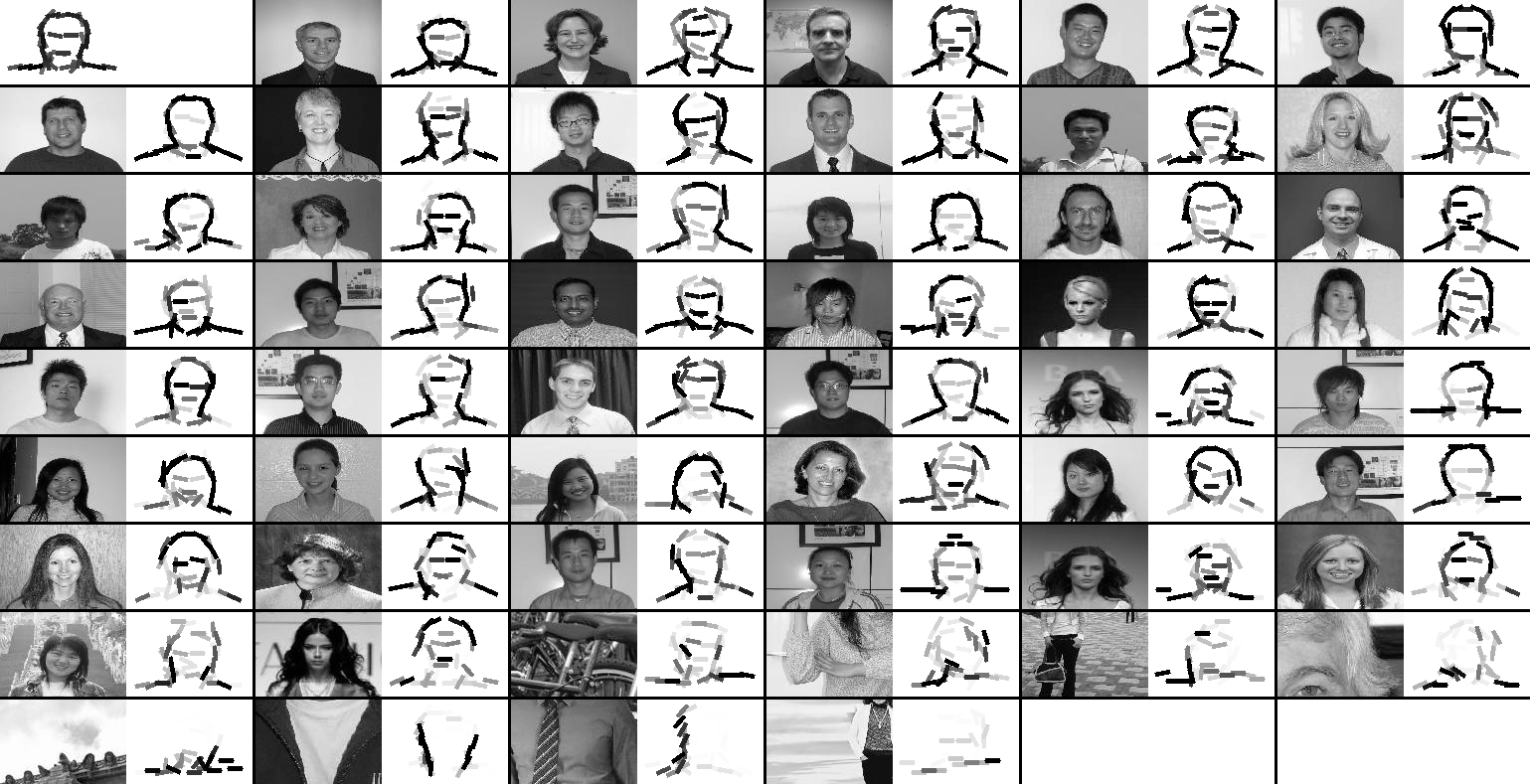
Cluster 1. No positive is misplaced into cluster 2.
eps
(7)
clustering of cats and wolfs (December 2009) data source: Lotus Hill Institute
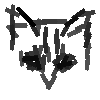
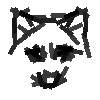
Allowed range of displacement is 3 pixels, number of elements is 60.
With local normalization.
eps1
2
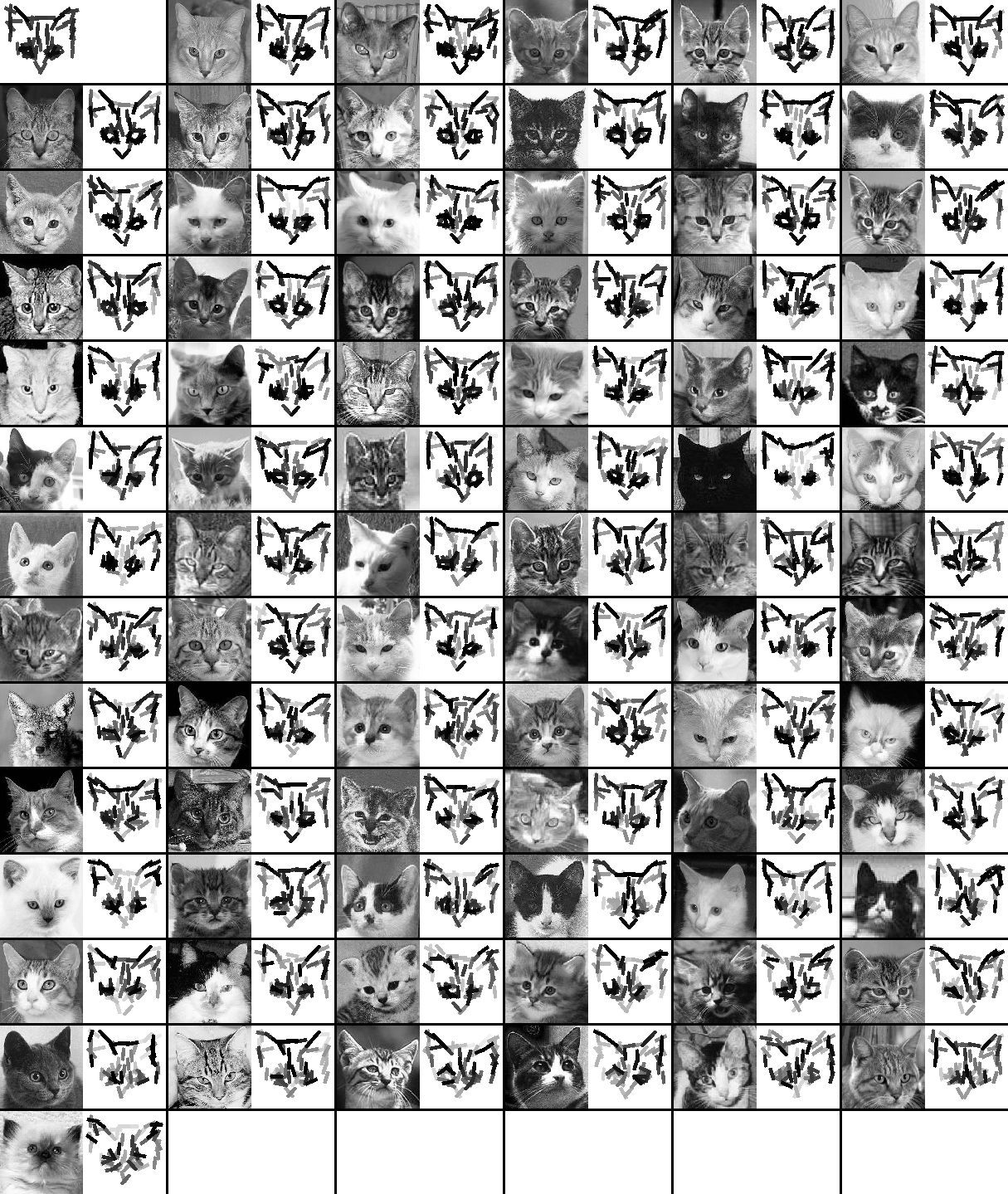
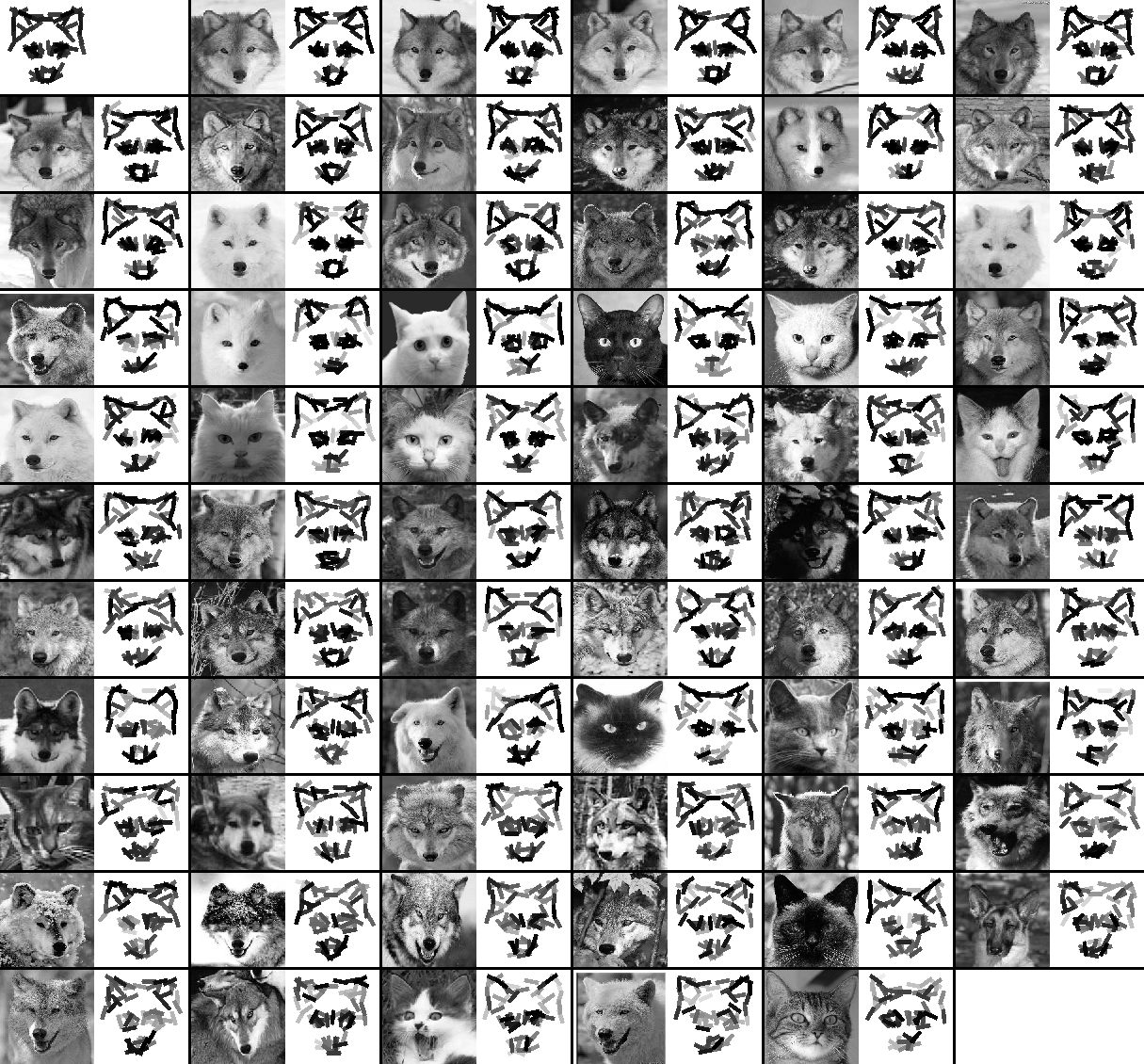
(8)
clustering of cats, wolfs, bears, and cattle (January 2010) data source: Lotus Hill Institute
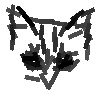
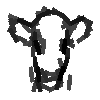
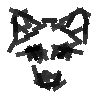
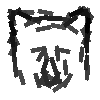
Allowed range of displacement is 3 pixels, number of elements is 60.
With local normalization.
eps1
2
3
4
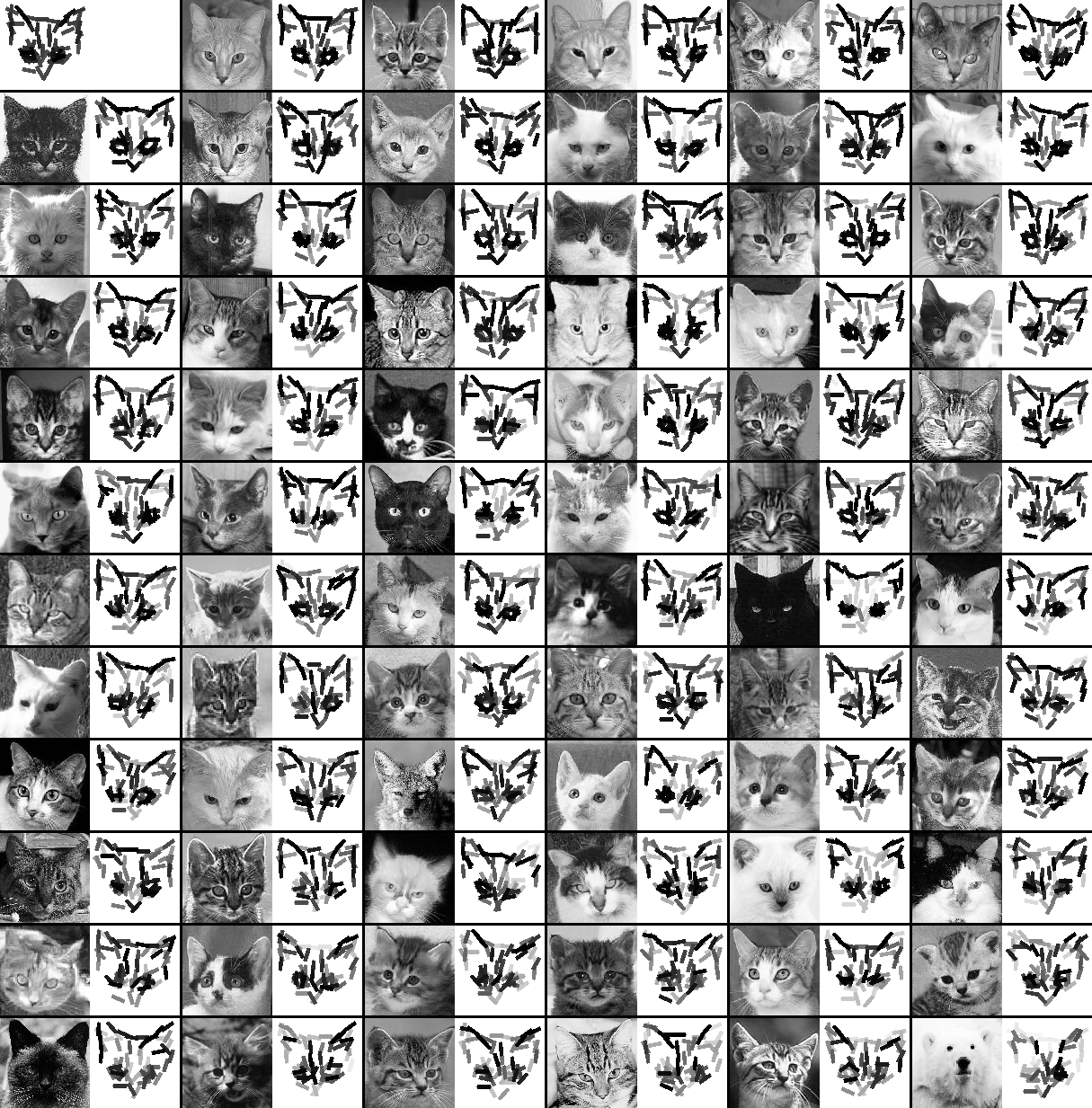
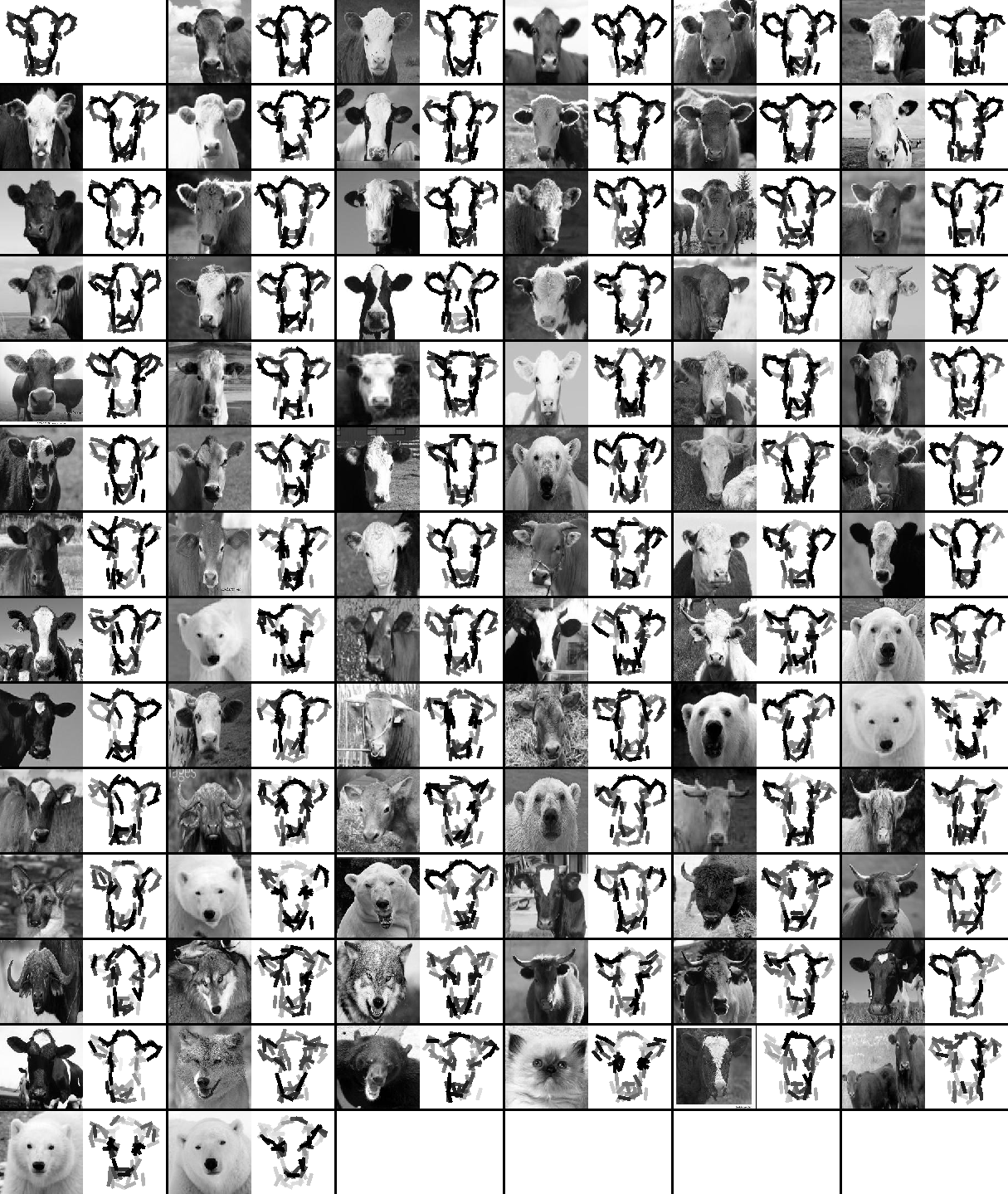
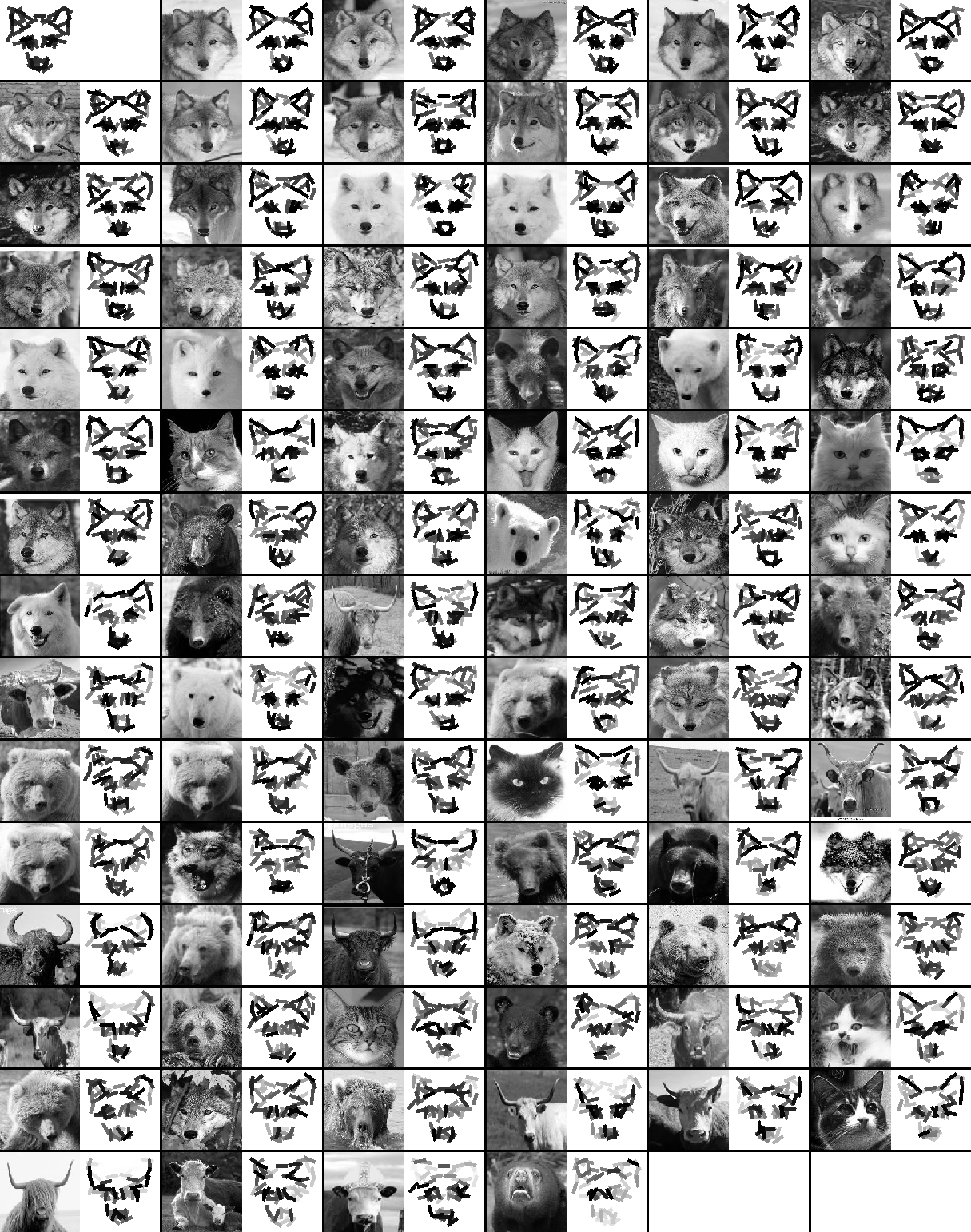
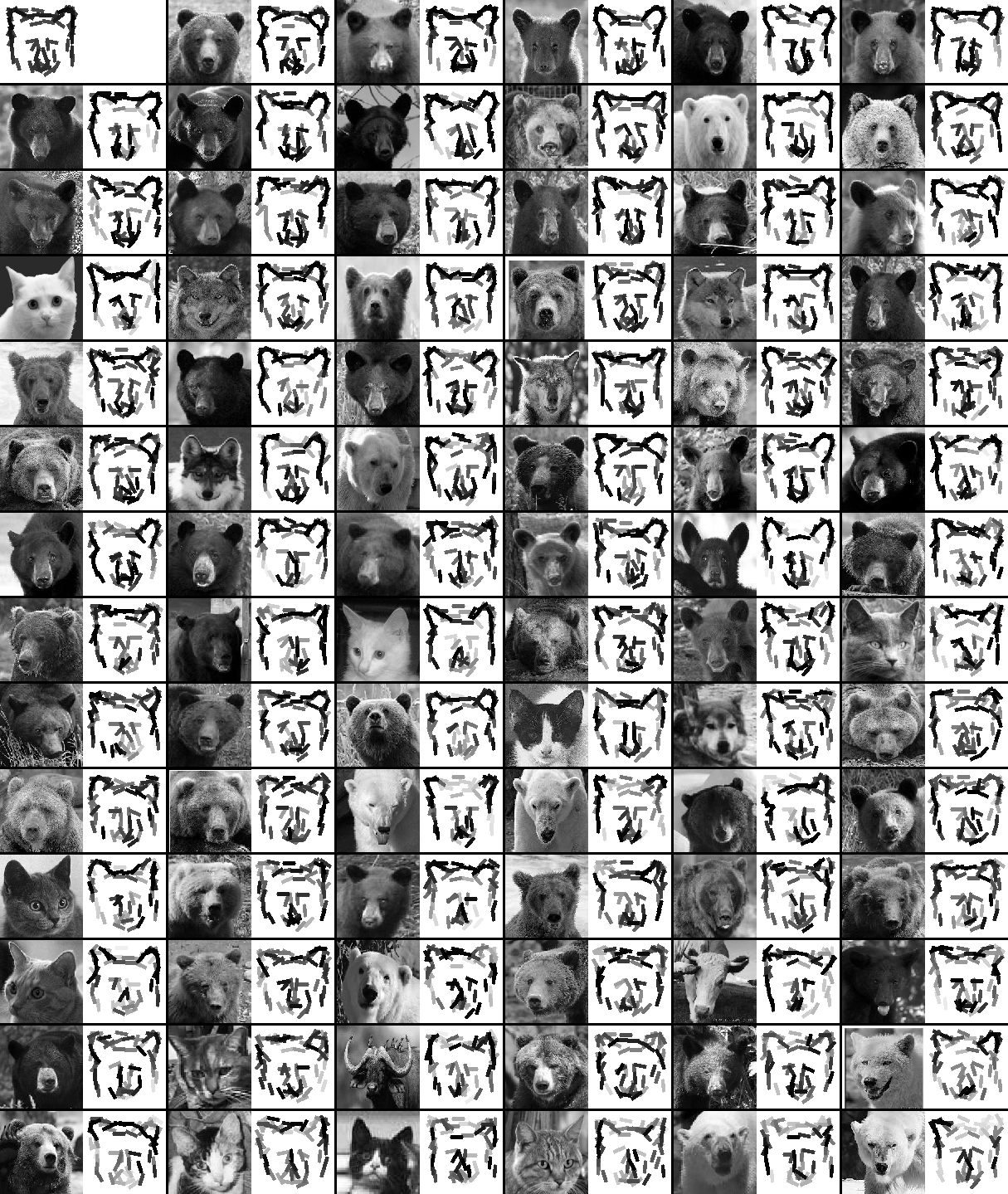
(9)
clustering of 500 MNIST digits (December 2009) data source: MNIST










eps1
2
3
4
5
6
7
8
9
10
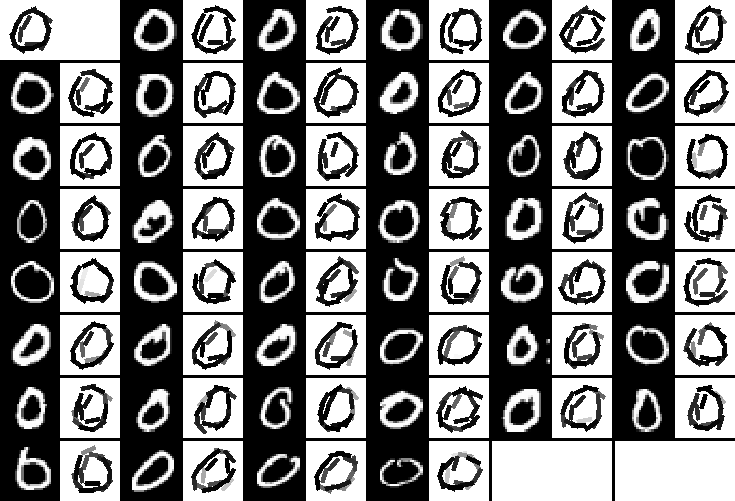
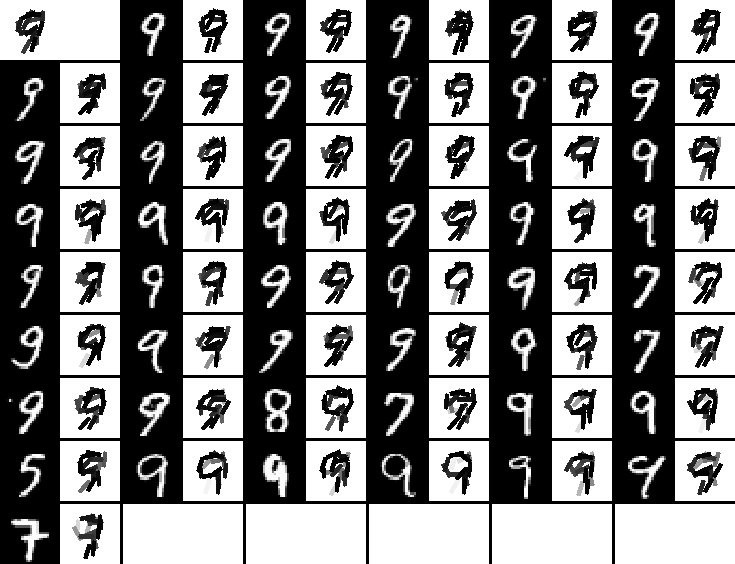
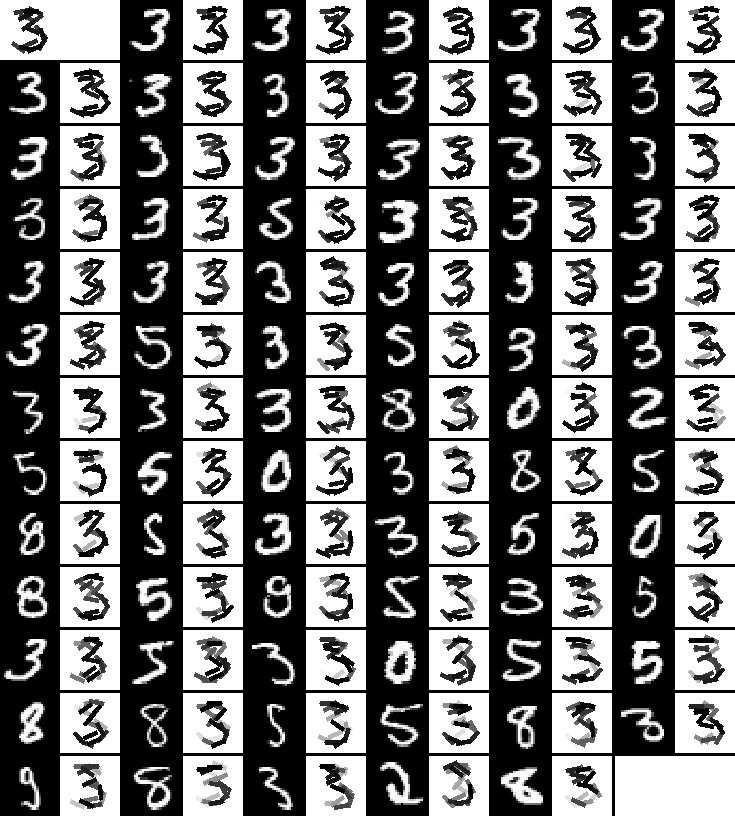
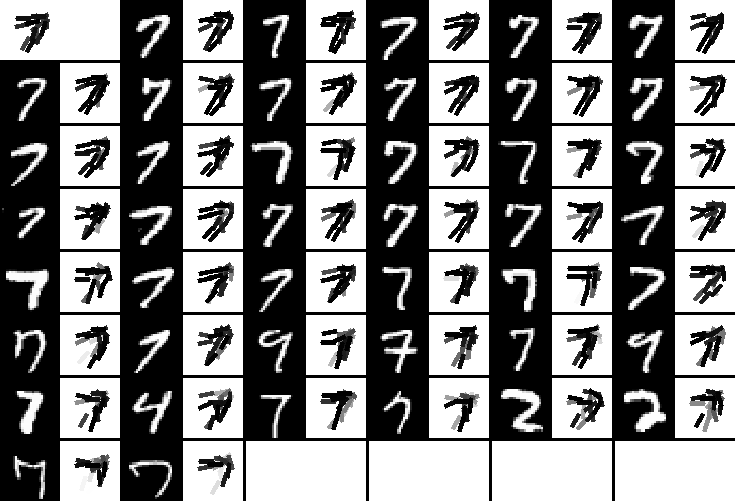
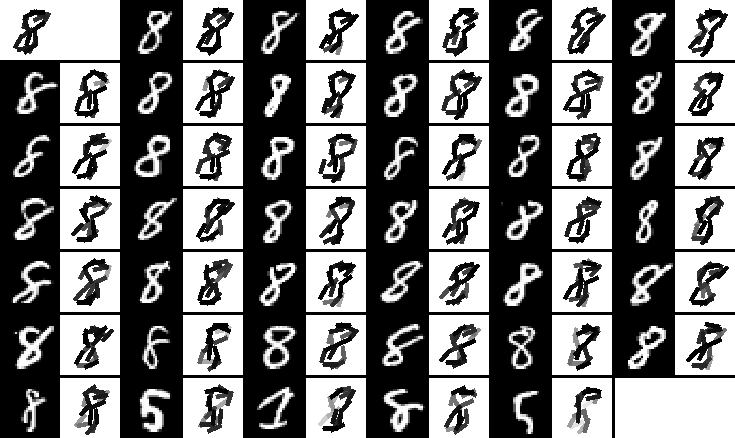
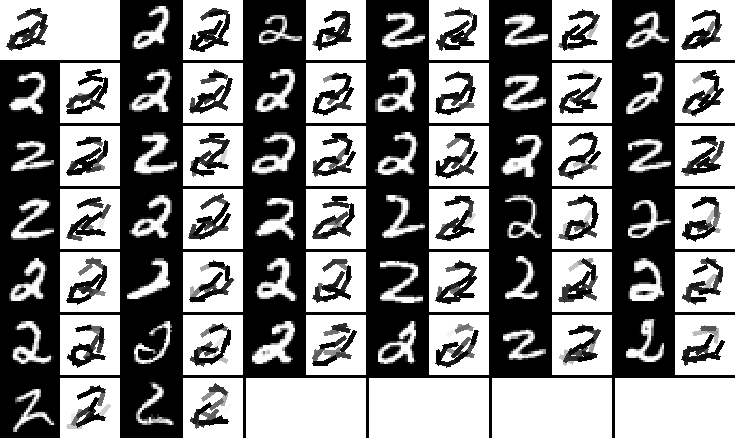
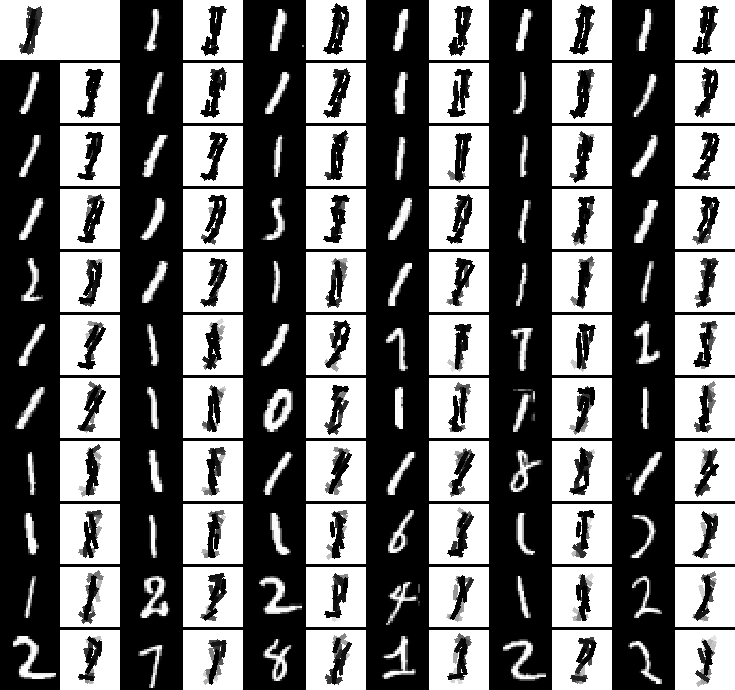
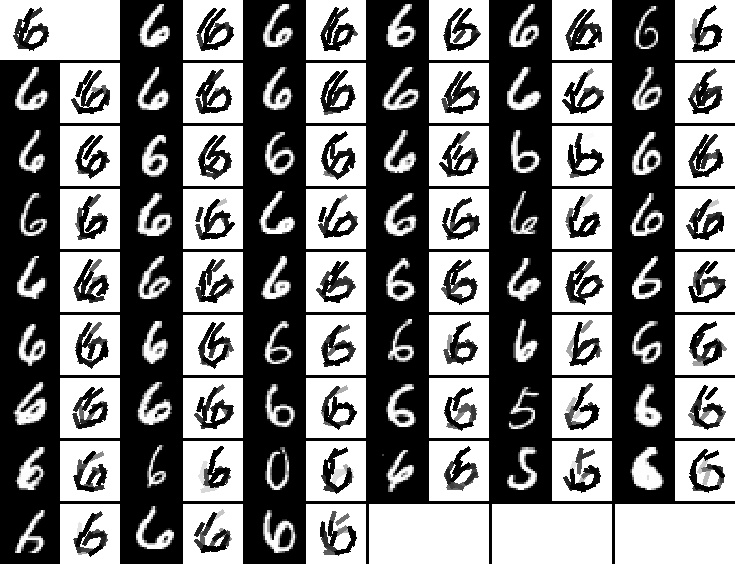
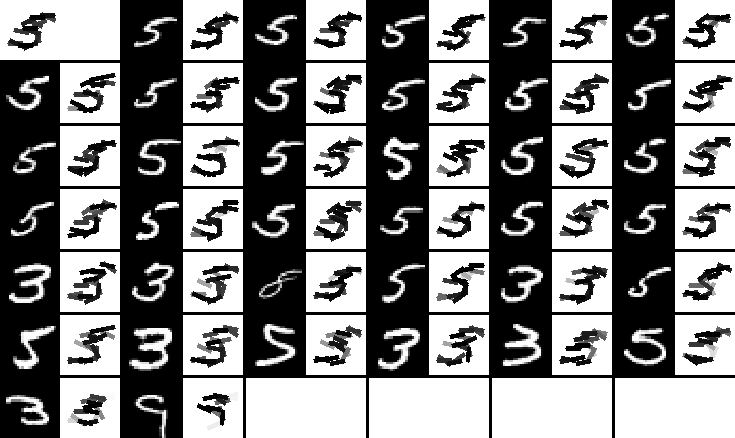
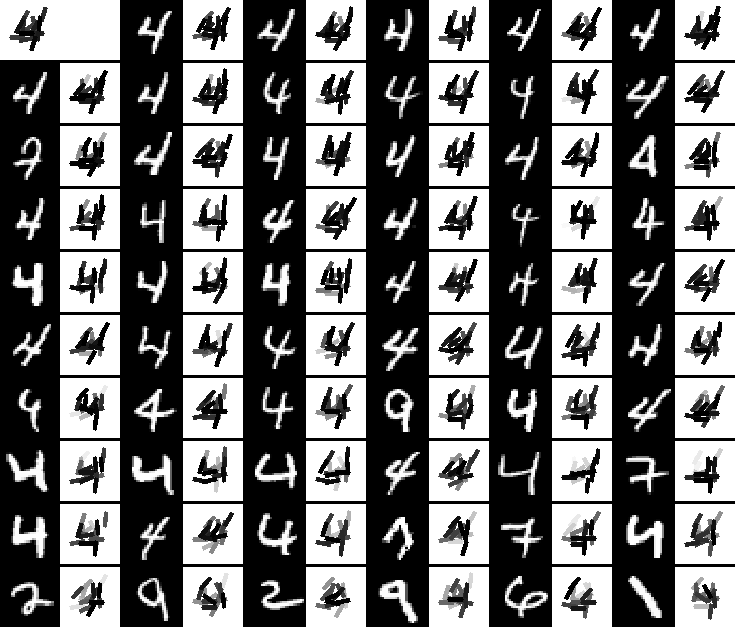
(10)
clustering of cows and deer (December 2009) data source: internet
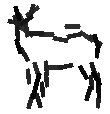
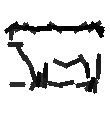
Allowed range of displacement is 3 pixels, number of elements is 60.
With local normalization.


(11)
clustering of standing and running horses (December 2009) data source: Lotus Hill Institute, Weizmann Institute, INRIA


Allowed range of displacement is 3 pixels, number of elements is 60.
With local normalization.
eps1
2
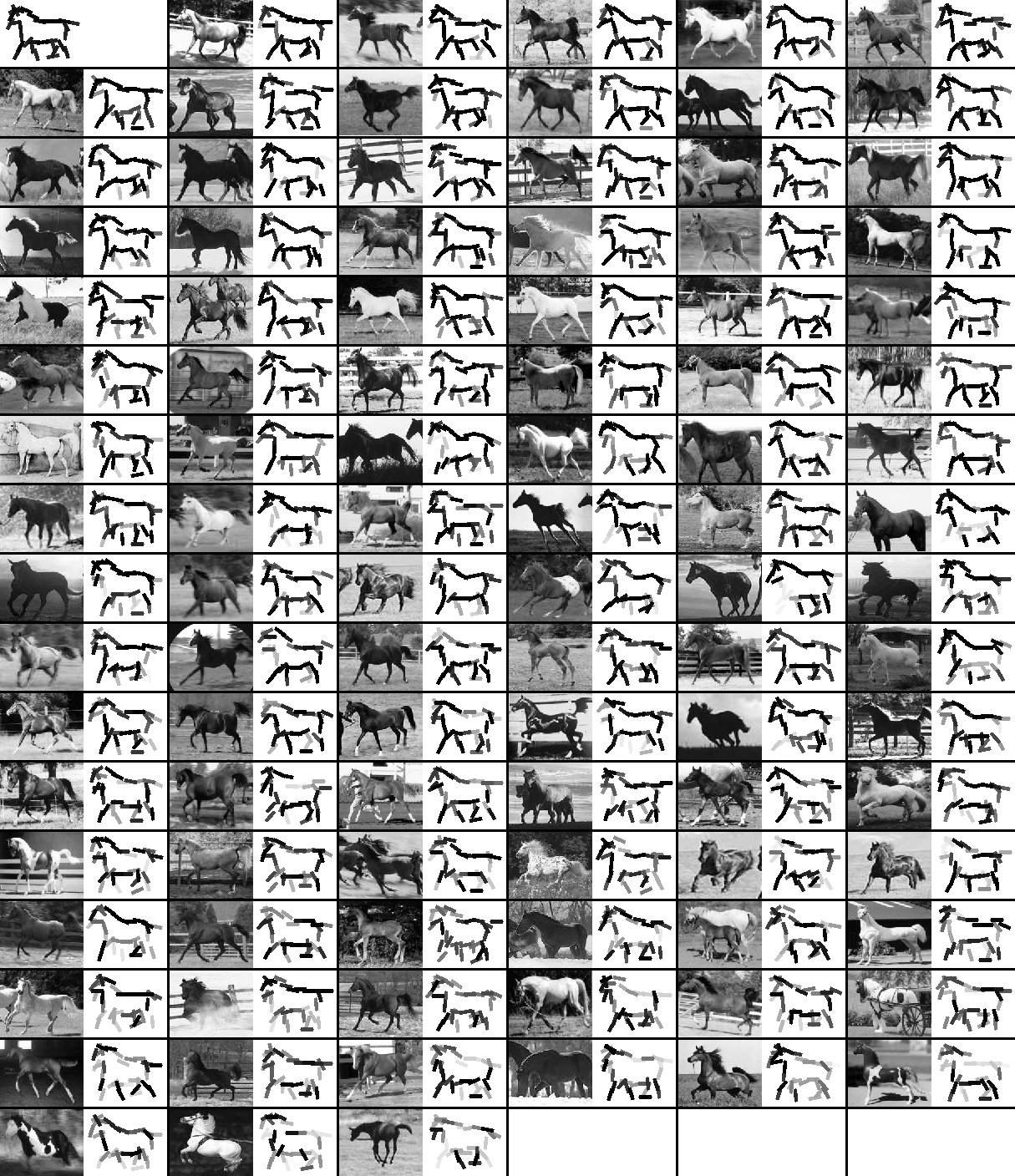
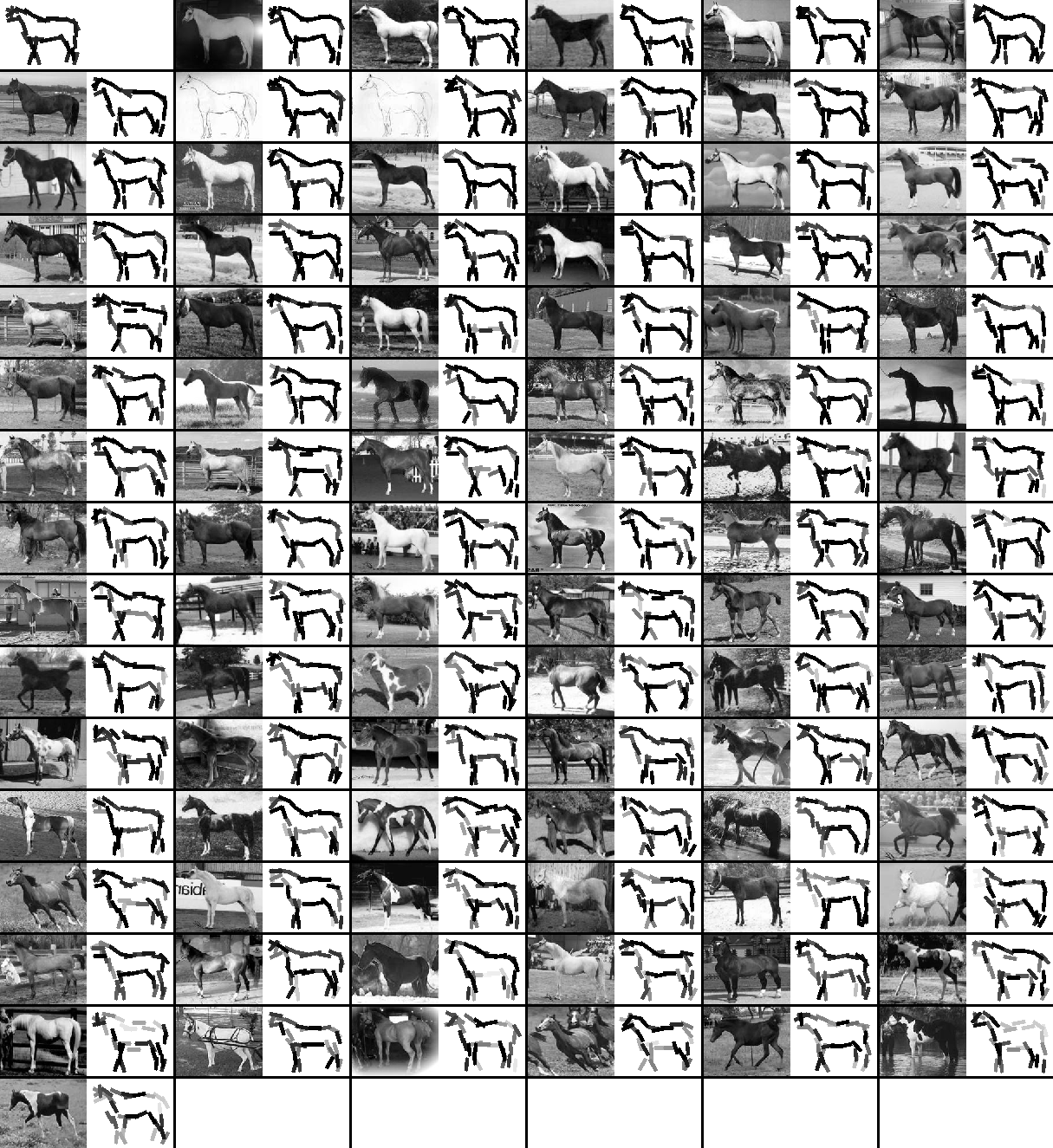
(12)
clustering of fashion models (January 2010) data source: internet
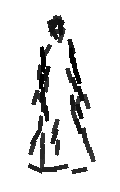
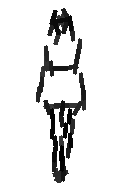
Allowed range of displacement is 3 pixels, number of elements is 50.
With local normalization.
eps1
2
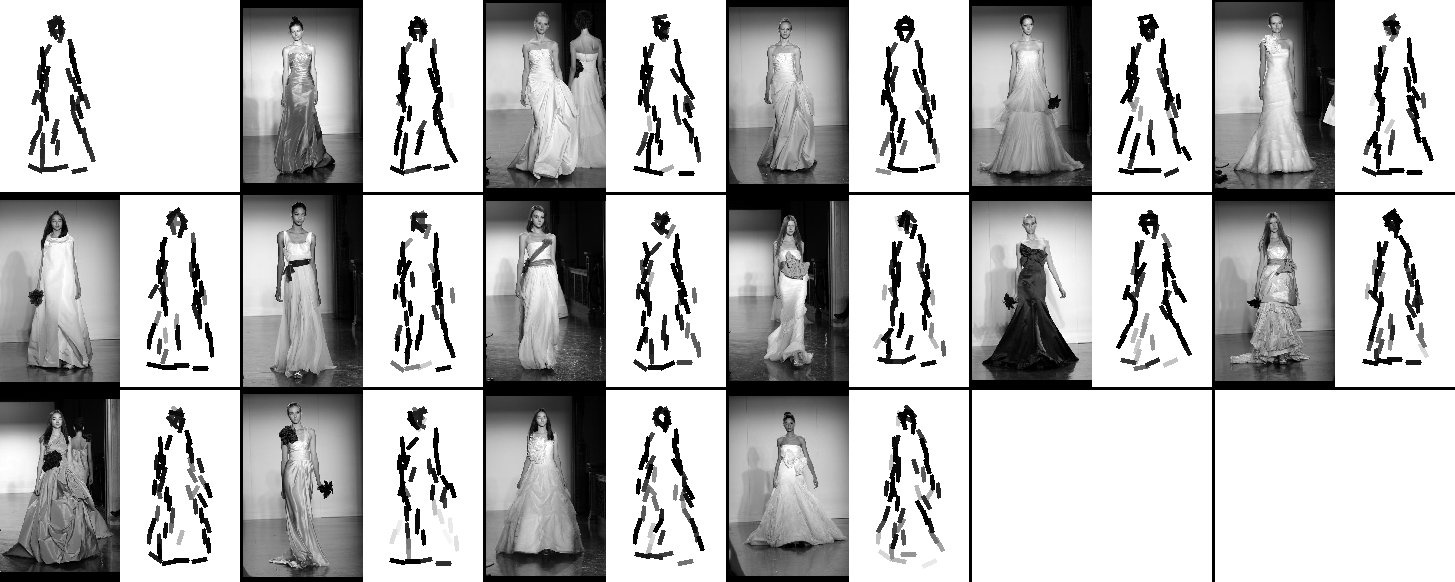
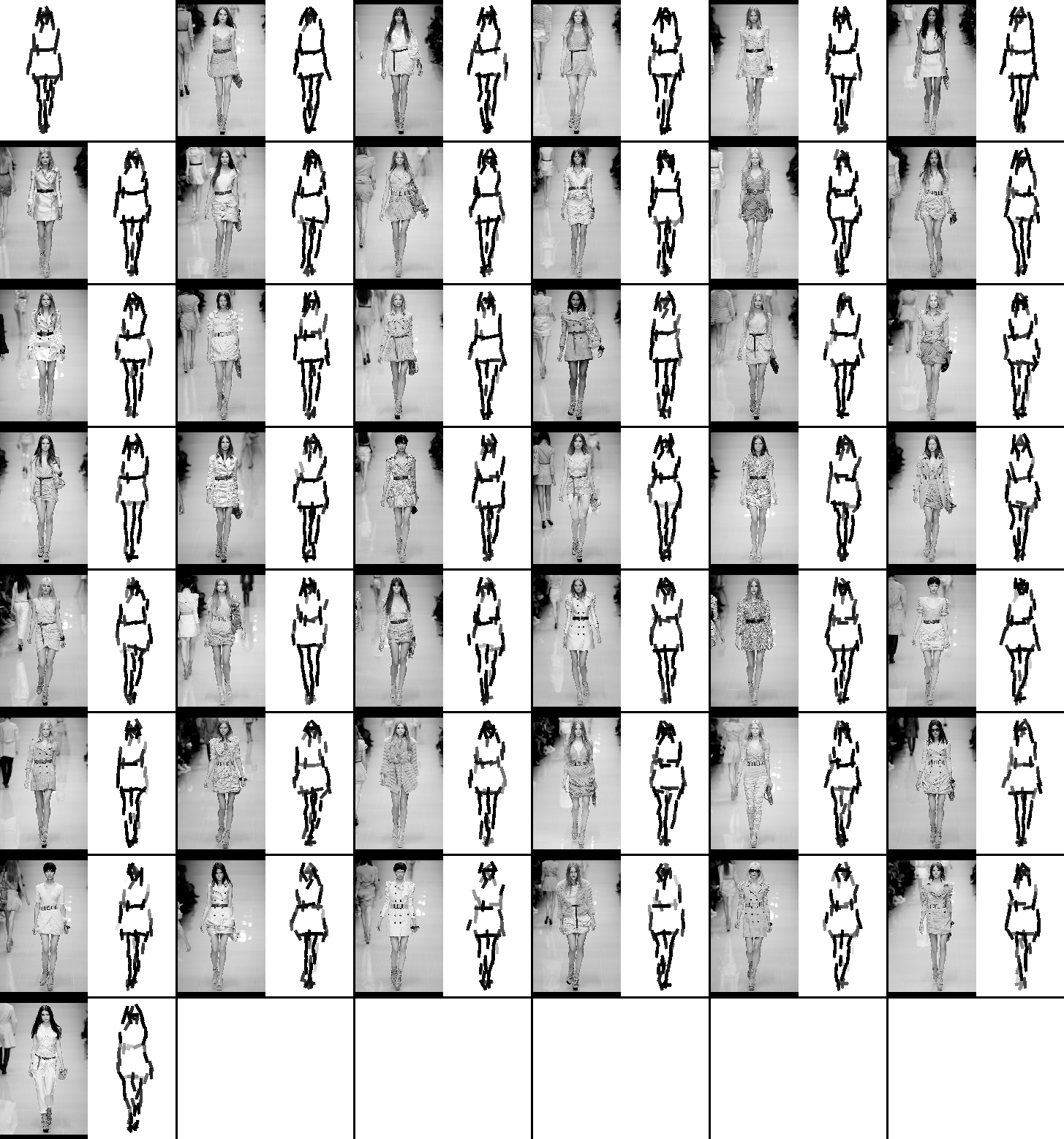
Back to active basis homepage




































































